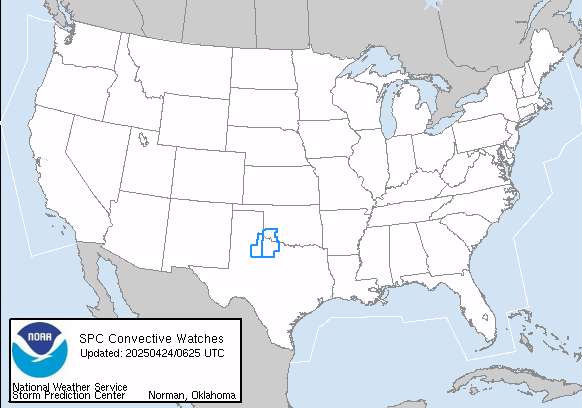
TORNADO RADAR
Tornado radar – where is the tornado?
With our tornado tracker, you can see on the map where tornadoes are currently located in the region. The tornado radar covers the USA and Canada. The wind strength is displayed on the map in color and measured in knots. Also, the wind direction is shown to you through white wind lines.
Depending on their strength, tornadoes can cause great damage on the ground. From now on, look at our tornado tracker regularly and find out whether tornadoes are currently occurring in your region. In the following, we will go into more detail about the radar and tornadoes in general.


How to read the tornado radar
The first map shows you the probability of one or more tornadoes. You can also recognize the probability by the coloring. Even with low probabilities of 5% and below, you should definitely keep an eye on the weather situation. The danger of a tornado is given here.
The second map compiles the current tornado sightings for you. You can recognize current sightings by a red marker on the map. If you are in an area that lies within this red zone, you should take protective measures as soon as possible (e.g., seek shelter). All recommended measures of NOAA can be found briefly and clearly here.
What is a tornado?
A tornado is the result of rotating air masses. These air masses can rotate so strongly during their formation that an air column is formed. This visible column of air is called a tornado.
For a long time, it was assumed that tornadoes form from the sky downward toward the ground. This assumption, however, has been disproved by extensive research conducted by the American Geophysical Union. It was discovered that the tornado already forms near the ground before it starts to rotate.
When does tornado season start?
The tornado season starts in March and lasts until the end of July. Most tornadoes occur in the month of May. During the tornado season, the center of gravity of the tornado areas moves from the southeast (Great Plains in Oklahoma) more and more towards the north (Illinois and Indiana).
Is there a tornado near me?
Especially in times of tornado season you should be very attentive and monitor the weather situation regularly. Tornadoes can cause severe damage along their route and can occur very unexpectedly. As soon as there are first signs of a thunderstorm, hail, strong winds, and rain, you should not take your eyes off the tornado tracker.
Also, watch the sky and scan it for rotating clouds and cloud columns. Look for dust swirls on the ground. These are also an indicator for the formation of a tornado. At the very latest when the tornado sirens sound, you should quickly get to safety.
How do tornadoes form?
Along with hurricanes, tornadoes are among the most powerful storms in the world and can reach wind speeds of up to 450 km/h. Until today, the formation of tornadoes has not been researched thoroughly. There are two ways in which tornadoes can form.
Tornadoes can occur in conjunction with a supercell. This is a particularly large and high thundercloud. Due to the temperature differences within the cloud, strong updrafts and downdrafts develop, which results in a tornado and heavy precipitation. Especially strong tornadoes are formed in this way.
However, tornadoes may also form when two different air masses collide. This forces the air to move upward and can cause it to rotate due to the wind on the ground.
The tornado classes
The strength of tornadoes is measured by the Fujita scale. It covers wind speeds from less than 117 km/h to more than 419 km/h. The classification is as follows:
F0 (<=117 km/h)
Weak trees are uprooted, branches are damaged, and billboards can be knocked down.
F1 (117-180 km/h)
Roof tiles may be lifted off, moving cars may be displaced and caravans/mobiles may be overturned.
F2 (180-252 km/h)
In the event of an F2 tornado, roofs can be uncovered, even larger trees can be uprooted, and mobile homes can be destroyed. Small and lighter objects can become dangerous projectiles.
F3 (252-333 km/h)
Larger roofs can be destroyed, and trains can be lifted out of their tracks. Trucks can be shifted or even overturned, and forests can be mostly uprooted.
F4 (333-419 km/h)
In the F4 class, wooden houses with weak anchoring can be shifted. Cars can be overturned, and heavier objects can become projectiles causing severe damage.
F5 (>419 km/h)
Wooden houses are completely torn from their foundations and destroyed. Concrete houses can also be severely damaged.
What does a tornado look like?
Tornadoes appear with a funnel-shaped air tube. The thickness of this air tube can vary depending on the intensity. By the way, the term tornado comes from the Spanish and means something like “twisting around”.

